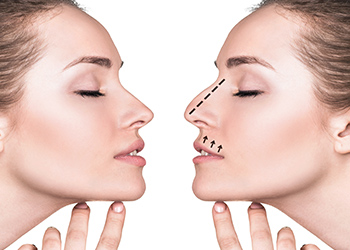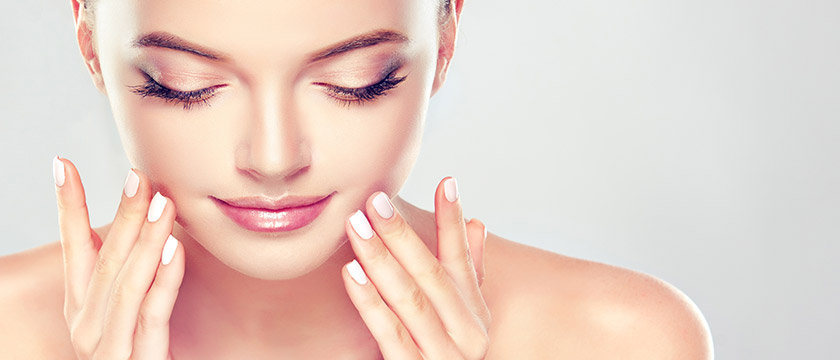Rhinoplasty is one of the most common and wanted plastic surgery procedures in the world. This popularity shows how our nasal profile affects the overall look of a person. The size, shape, and height of your nose can be altered using different rhinoplasty approaches and techniques. Let us discover rhinoplasty before and after the procedure. Find out what and how to prepare for the surgery, and what to expect after the procedure.
Rhinoplasty before and after: How and what to prepare
Research. Ask a relative or a loved one who already had rhinoplasty for recommendation or referrals. Search them online and determine if their reputation convinces you that they are fit for the job. You can also prepare a budget allowance by getting baseline information about the price estimate of the surgery. Be reminded that the exact amount of the procedure could only be obtained from a one-on-one consultation with the surgeon.
Communicate. Once you have found the ideal plastic surgeon you can trust and be comfortable with, openly discuss your concerns and expectations about the procedure. He may help you level out your anticipated results into realistic ones, and assure you of the success of the procedure. Informing him of your medical history can also help him plan and determine the approach of the surgery so that your medical conditions will not interfere with rhinoplasty.
Follow your surgeon’s advice. Laboratory tests and diagnostics are to be expected before the procedure as the results will be your surgeon’s baseline reference with regard to your overall health. Your plastic surgeon may recommend smoking cessation weeks or months before and after your surgery so it won’t affect your body’s healing ability. Intake of medicines like blood thinners and NSAIDs for pain relief should be stopped weeks before the rhinoplasty.
Ask for assistance. Before your scheduled rhinoplasty, secure the presence of help or support from a relative, loved one, or neighbour after the surgery. You may expect that your daily activities are restricted and that would entail the need for some assistance in the first few days or weeks. Immediately after the surgery, if you are allowed to be discharged by your doctor the same day as your operation, you need someone to drive you home, so be sure to secure that as well.

Rhinoplasty before and after: During the procedure
Rhinoplasty needs either local or general anaesthesia. The location where your procedure takes place can be in a hospital, outpatient centre, or the surgeon’s clinic. The nose reshaping process can last for as fast as 45 minutes or may extend up to 2-3 hours if needed. All these variables depend on the patient’s need and the technique used.
During your rhinoplasty procedure, the surgeon usually makes an incision inside the nostrils. In the closed procedure, the incisions are made inside the nose; in contrast, the open procedure has visible incisions in between the nostrils. These incisions expose the nasal bone and the cartilage where the reshaping occurs. Your surgeon may scrape off some part of the cartilage or bone to reduce its size; he can also do cartilage grafting to reshape the nose and add height. He can also straighten broken cartilages caused by a deviated septum or a traumatic accident.
Once your surgeon resculpted and corrected your nasal cartilage or bone structure, your incisions can then be closed. Application of a metal splint to support the new shape of your nose may be used. Nasal packs are also utilised for support and nasal drainage.
Rhinoplasty before and after: The aftercare
Swelling, tenderness, and bruising are common and normal after-effects of rhinoplasty. Expect that it may take a year before complete healing of the nose happens. However, you can already appreciate the results of your rhinoplasty at least a month after your surgery, as swelling gradually subsides.
Follow the advice of your surgeon about wound care and activity restrictions to avoid unwanted complications. Ensure that you are also conforming to his recommended follow-up consultations so he can check your procedure’s results and monitor your wound healing. Doing all these ensure that you get to appreciate the fruitful results of your rhinoplasty procedure for a long time.


Recent Comments